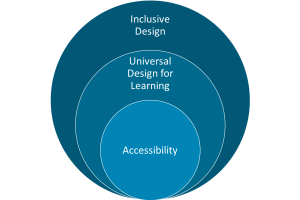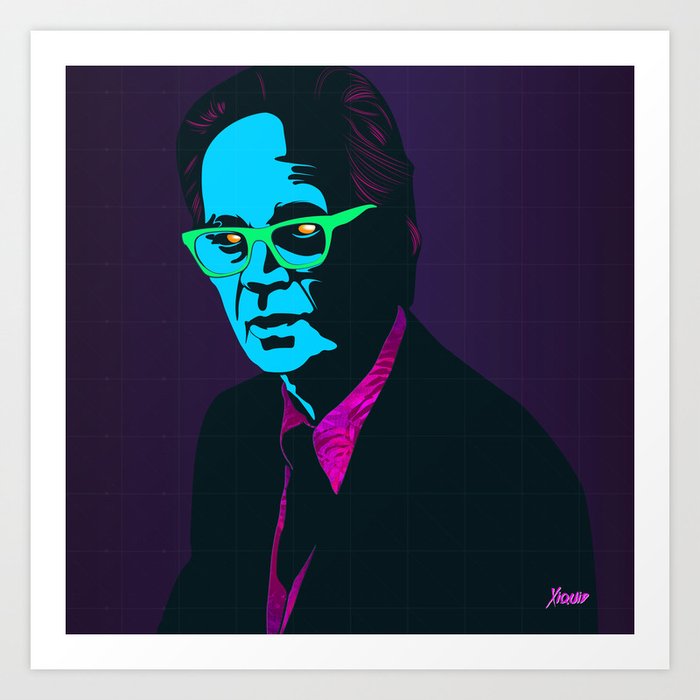
Photo by Terry Vlisidis on Unsplash
Last Time on SDT & Online Education…
This post is a continuation of my previous blog posts on Self-Determination Theory (SDT) and Online Education and a companion post to Chris Lindberg’s series of posts, Games as a Model for Motivation and Engagement.
In my last post, I posed some difficult questions to consider as you start thinking about how you use grades and motivation in your courses. In case you missed that post, here are the questions—I invite you to spend a few minutes, hours, or days with these questions before moving on with the rest of this blog post:
- Do you use grades to create external regulation of behavior in your course?
- Are you grading a behavior or the demonstration of a skill?
- Do you want to emphasize performance goals or mastery goals?
- Are there ways to help students identify and integrate the activities and assessments in your course?
- Do you need to grade this activity/assessment/task?
Why are you grading?
“The troubling truth is that rewards and punishments are not opposites at all; they are two sides of the same coin. And it is a coin that does not buy very much.” (Kohn, 1993, p. 50)
When I first started teaching, I remember asking a colleague if they would review my syllabus draft. They read the attendance policy and asked me something along the lines of, “Why are you grading this? Does it have anything to do with the outcomes of your course?” I probably spewed the usual talking points that students do better in class when they attend, I wanted them to come to class, etc. The reply: “So, do you want to grade learning, or behavior?” That question rocked my world as a young teacher. And made me question everything.
Why do we use grades? Numerous studies have shown that grades and rewards, especially for intrinsically motivating activities such as learning, have detrimental effects. And what do these grades communicate? In terms of SDT, “grading in educational contexts has two functions. One is providing competence-relevant feedback to students, presumably as an aid to enhancing subsequent performance … A second is gatekeeping. Grades can be used to make sure that only students who have mastered material and are thus qualified are eligible for higher training…” (Ryan & Deci, 2017, p. 371). What does an A, B or F communicate to you? For Ryan & Deci, grades by themselves provide little in the way of relevant feedback. (For more on effective feedback, see Wiggins, 2012.)
So can a “grade” be useful? In the context of SDT, there needs to be important information communicated to students about how they’re doing and where they need to spend more attention and effort. In order for this to be autonomy-supportive, it should be informative for the learning process and not judgmental, pressure-inducing, or a social comparison, both in terms of being a reward or a punishment. For example, “Great work. You might consider adding an example in your third paragraph.” is not informative toward the learning process; “You do a great job of defining the problem in your third paragraph, which is an improvement from your first draft. Adding an example would do even more to help your readers relate to this problem.” is an example of feedback that informs a student about where they have come from and where they still need to go.
Performance vs. Mastery
“There do, indeed, seem to be few empirical or theoretical supports for the motivational or competence-building advantages of classical grading schemes. Yet, in most school settings, grades and evaluations are employed as if they were the key to motivation, when, in fact, especially for those who need competence supports, they are likely to be undermining influences.” (Ryan & Deci, 2017, p. 371)
Is it possible to see a letter grade of your work in a course outside the context of social comparison? How often is a B simply viewed as “better than average” or “in the top half of the class”? Focusing on performing a certain way relative to others is a performance goal, while focusing on increasing competence or learning is a mastery goal. (For more on this topic, see Elliot, 2005.) Additionally, each category of goal has an approach type (seeking to achieve something) and an avoidance type (seeking to avoid something). Multiple studies have found that the performance-avoidance combination has the most detrimental outcomes for both learning and student well being, and that this combination is adopted most when students have expectations of being graded (Ryan & Deci, 2017, p. 373).
Ungrading
“…the grading system that higher education in the United States has relied on for many decades has serious problems. It does not work in anyone’s interests, and it genuinely hurts those most directly associated with it: the faculty and the students. In fact, the system is broken.” (Nilson, 2015, p. 23)
At this point you might be asking, “what am I supposed to do?” There are numerous tools, resources, alternatives, and considerations when thinking about using or eliminating grades in a course, such as self-assessment, student-created rubrics, or specifications or criterion-based grading. (Several more are listed in the Reference & Resources section below). One option is to eliminate grading all together, which some institutions have done. If you aren’t ready to eliminate all your grades, try focusing on providing students with feedback in an autonomy-supportive way and empowering them to learn the valuable skill of self-assessment. Without rewards and punishments, students will feel a greater sense of competence; self-assessment and valuable and informative feedback will give students a greater sense of autonomy—that they’re in the driver’s seat for their own learning; with an increased focus on communication about learning, students will also gain a greater sense of relatedness.
There is much more to the topic of grading and ungrading than can be covered in a single blog post, so I’d like to invite you to check out the references and resources below, add your comments, suggestions, and experiences in the comments, contact your instructional designer, or keep an eye out for other opportunities to continue the discussion at various upcoming Ecampus events!
References & Resources
Center for Self-Determination Theory (CSDT). (2019).
- This website is a treasure-trove of resources on SDT and its application in numerous fields, including education.
Elliot, A. J. (2005). A conceptual history of the achievement goal construct. In Elliot, A. J., & Dweck, C. S. (Eds.) Handbook of competence and motivation (52–72). New York: Guilford Press.
Flaherty, C. (2019). When grading less is more. Inside Higher Ed.
Kohn, A. (2018). Rewards are still bad news (25 years later). New York Times.
Kohn, A. (2011). The case against grades. Educational Leadership.
Kohn, A. (1993). Punished by rewards: The trouble with gold stars, incentive plans, A’s, praise, and other bribes. Boston: Houghton Mifflin.
Nilson, L. (2015). Specifications grading: Restoring rigor, motivating students, and saving faculty time. Serling, VA: Stylus.
Ryan, R. M., & Deci, E. L. (2017). Self-Determination Theory: Basic psychological needs in motivation, development, and wellness. New York: Guilford Press.
Stommel, J. (2018). How to ungrade.
Wiggins, G. (2012). Seven keys to effective feedback. Educational Leadership 70(1), 10–16.









